This article was medically reviewed by Luba Lee, FNP-BC, MS and by wikiHow staff writer, Hannah Madden. Luba Lee, FNP-BC is a Board-Certified Family Nurse Practitioner (FNP) and educator in Tennessee with over a decade of clinical experience. Luba has certifications in Pediatric Advanced Life Support (PALS), Emergency Medicine, Advanced Cardiac Life Support (ACLS), Team Building, and Critical Care Nursing. She received her Master of Science in Nursing (MSN) from the University of Tennessee in 2006.
There are 7 references cited in this article, which can be found at the bottom of the page.
This article has been viewed 171,747 times.
Getting scratches on your face is a huge annoyance, both because it’s painful and because your face is the last area you want to have marks or scars. Thankfully, there are a few ways you can clean and care for your scratches at home to promote healing and prevent scarring. If your scratches don’t stop bleeding after you’ve applied pressure for 10 minutes or they become infected, seek medical care right away.
Steps
Cleaning the Scratches
-
1Wash your hands with soap and water. Before you touch your scratches, it’s important to clean your hands to remove any germs or bacteria. Use soap and warm water to scrub your hands for at least 20 seconds, then rinse them off and wipe them dry with a clean towel.[1]
-
2Apply pressure on the scratches to stop the bleeding. Grab a clean cloth or towel and press it against your face directly on top of the scratches. Hold it there for about 5 minutes, keeping it pressed up against your face the entire time, until you stop bleeding.[2]
- Scratches are normally pretty shallow, so they shouldn’t take long to stop bleeding.
- If your wounds don’t stop bleeding after 10 minutes of direct pressure, you may need to get stitches. Contact a medical provider right away.
Advertisement -
3Wash the area with soap and water. Lean over the sink and gently splash cool water onto your face. Grab a few drops of hand soap and carefully rub it over the scratches, trying not to agitate them or make them bleed again.[3]
- It’s important to clean the area well to remove any germs or bacteria that may be present.
- Never use hydrogen peroxide to clean your wounds, as this can be too harsh.
-
4Rinse your scratches for about 2 minutes. Lean over the sink again and place your face directly under the faucet stream. Leave your face there for about 2 minutes to let the water wash away all the soap and any large dirt pieces. Gently pat the area dry with a clean towel when you’re done.[4]
- If you’re treating a child’s scratches, it can be tough to get them to sit still for that long. Even if they can’t do the full 2 minutes, try to have them rinse their scratches thoroughly for as long as they can.
-
5Dab on an antiseptic cream. Grab a tube of antiseptic ointment, cream, or lotion and squeeze out a pea-sized amount. You can also use petroleum jelly if it’s the only thing you have. Cover the scratches with the ointment to prevent bacteria and infection.[5]
- You can find antiseptic ointment at most drug stores.
-
6Cover the scratches with an adhesive bandage. Unwrap a clean bandage and place it carefully over the scratches, making sure to cover all of the antiseptic cream as well. If you need to, you can use multiple bandages to cover all of the scratches on your face.[6]
- Covering the scratches protects against germs and bacteria to prevent them from getting infected.
Caring for the Scratches
-
1Change the bandage every day. In order to keep the scratches clean, change the bandage at least once a day or any time you notice that it’s dirty or damp. Always use a clean bandage to cover the scratches until they are healed.[7]
- Wearing a dirty bandage can introduce bacteria, which can lead to infection and scarring.
- Try keeping a box of bandages on hand so you can easily grab a new one.
-
2Keep the area clean and dry. Do your best to keep the scratches and bandage from getting dirty or wet. If you’re going to take a shower or wash your face, gently remove the bandages and then put a clean one back on once you’re done.[8]
-
3Moisten the scratches with petroleum jelly. After you apply antiseptic cream once, you don’t need to put any more on. Instead, use a pea-sized amount of petroleum jelly every time you change your bandages to keep your skin moist to promote healing.[9]
- Keeping the skin moist will help your body heal faster and will also prevent scarring.
- After the wound closes, you can apply vitamin E over the area to help speed up your healing.
-
4Press an ice pack to your face every 1 to 2 hours to reduce swelling. If your face is swollen or bruised, you can use an ice pack every few hours for 10 to 15 minutes at a time. Press it up against your face to reduce blood flow to the area and cool down your skin. Do this for the first 24 hours after you get scratched.[10]
- If your scratches are shallow, they probably won’t bruise much unless they’re near your eyes.
Preventing Scars
-
1Avoid picking at any scabs that form. Scabs are your body’s natural healing process. If you pick them off, you could create a larger, thicker scar, so try to leave them alone as much as you can.[11]
- If it’s hard for you not to pick at the scabs, keep the area covered with a bandage so you can’t reach them.
-
2Use SPF 30 sunscreen on healed scratches. Once your scratches are healed enough, rub on some sunscreen to keep them protected every time you go outside. Sun damage can cause deeper, more noticeable scars, especially on freshly healed wounds.[12]
- Try incorporating sunscreen into your daily routine to keep your skin protected from sun damage.
- Wear a sunhat to protect the scratched area so it doesn’t darken.
-
3Ask a doctor about creams or laser therapy. If you’re really worried about scarring, talk to a medical professional about what they can do to minimize it. They may suggest steroid injections, steroid creams, laser therapy.[13]
- Since scratches are usually shallow, they rarely require medical intervention for scarring. However, if you got scratched a lot or in a prominent area of your face, it can’t hurt to go talk to a doctor.
Warnings
Things You’ll Need
Cleaning the Scratches
- Cloth
- Soap
- Antibacterial ointment
- Bandage
Healing the Scratches
- Bandages
- Petroleum jelly
- Ice pack (optional)
Preventing Scars
- SPF 30 sunscreen
References
- ↑ https://www.urmc.rochester.edu/encyclopedia/content.aspx?contenttypeid=90&contentid=P02803
- ↑ https://www.urmc.rochester.edu/encyclopedia/content.aspx?contenttypeid=90&contentid=P02803
- ↑ https://www.texaschildrens.org/departments/emergency-center/conditions-we-treat/cuts-and-wounds-face
- ↑ https://www.stanfordchildrens.org/en/topic/default?id=cuts-and-wounds-of-the-face-90-P02803
- ↑ https://www.stanfordchildrens.org/en/topic/default?id=cuts-and-wounds-of-the-face-90-P02803
- ↑ https://www.stanfordchildrens.org/en/topic/default?id=cuts-and-wounds-of-the-face-90-P02803
- ↑ https://www.aad.org/public/everyday-care/injured-skin/burns/wound-care-minimize-scars
- ↑ https://www.stanfordchildrens.org/en/topic/default?id=cuts-and-wounds-of-the-face-90-P02803
- ↑ https://www.aad.org/public/everyday-care/injured-skin/burns/wound-care-minimize-scars
- ↑ https://www.stanfordchildrens.org/en/topic/default?id=cuts-and-wounds-of-the-face-90-P02803
- ↑ https://www.hopkinsmedicine.org/health/wellness-and-prevention/everyday-cuts-and-scrapes-how-to-prevent-scarring
- ↑ https://www.aad.org/public/everyday-care/injured-skin/burns/wound-care-minimize-scars
- ↑ https://www.ncbi.nlm.nih.gov/pmc/articles/PMC4055805/
- ↑ https://www.urmc.rochester.edu/encyclopedia/content.aspx?contenttypeid=90&contentid=P02803
- ↑ https://www.stanfordchildrens.org/en/topic/default?id=cuts-and-wounds-of-the-face-90-P02803
- ↑ https://www.stanfordchildrens.org/en/topic/default?id=cuts-and-wounds-of-the-face-90-P02803
- ↑ https://kidshealth.org/en/teens/cuts.html
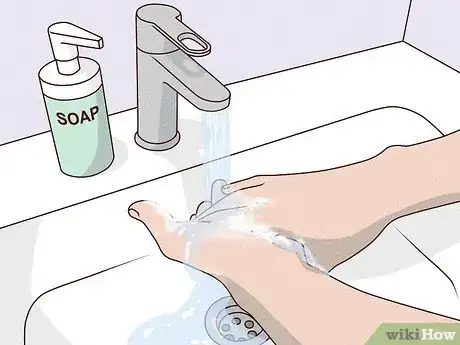
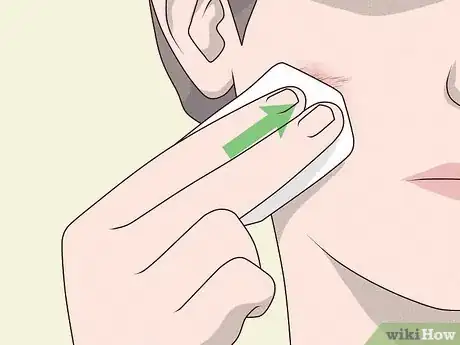
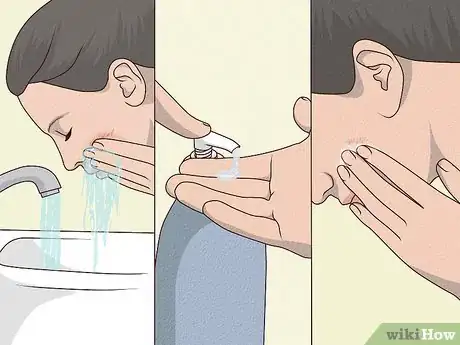
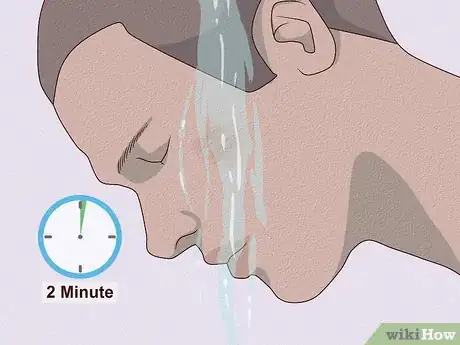
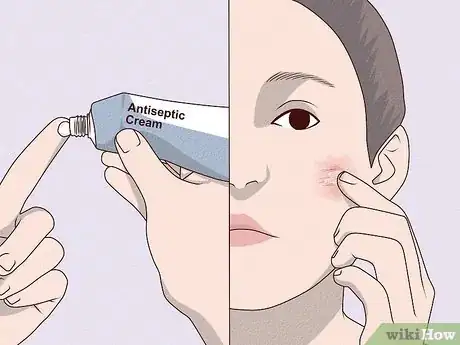
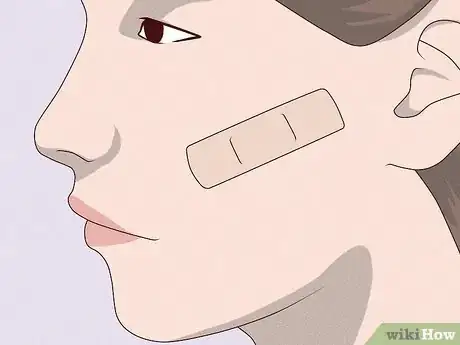
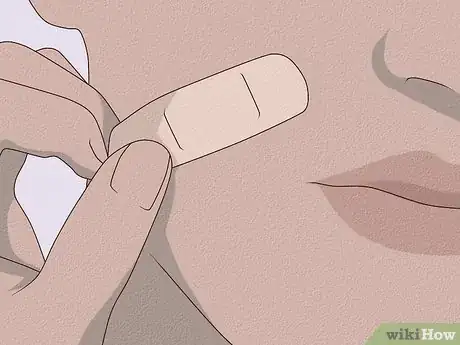
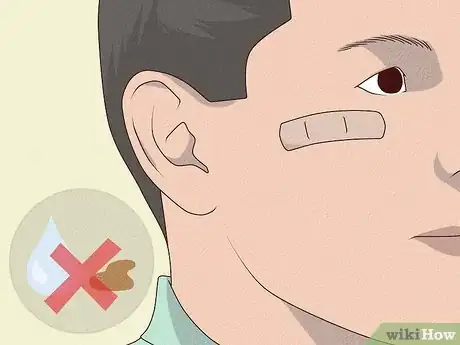
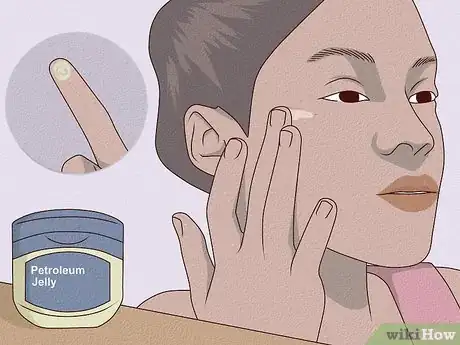
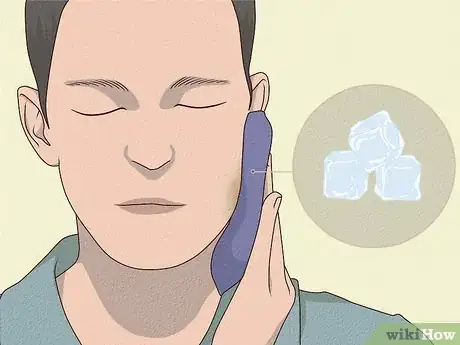
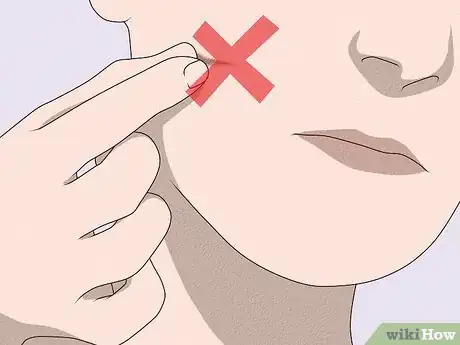
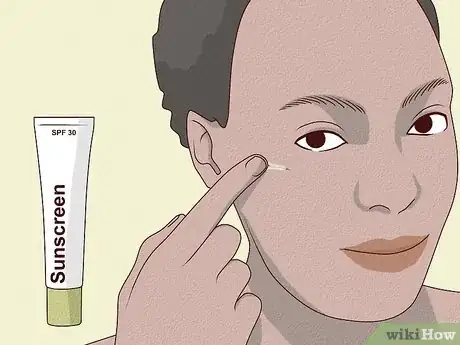
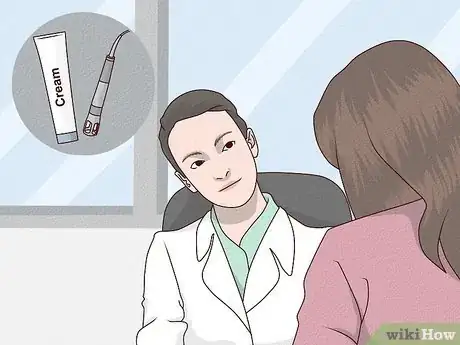
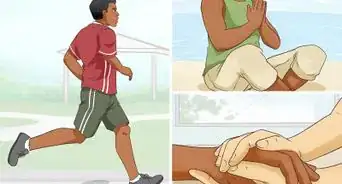
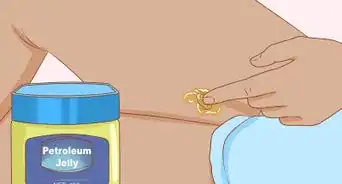

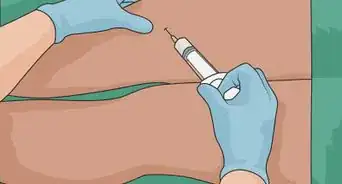
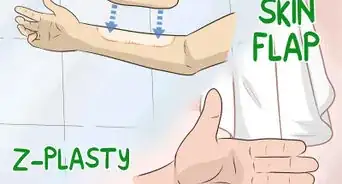

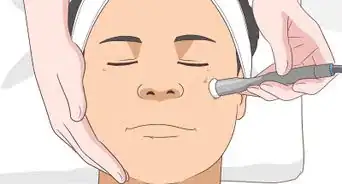
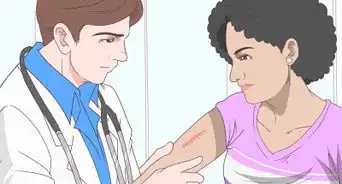

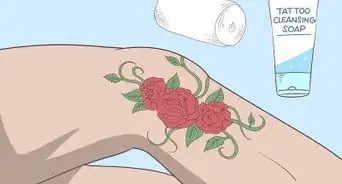

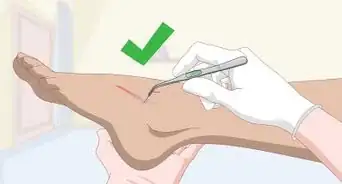







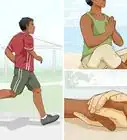
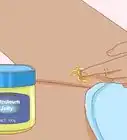

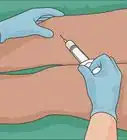



































Medical Disclaimer
The content of this article is not intended to be a substitute for professional medical advice, examination, diagnosis, or treatment. You should always contact your doctor or other qualified healthcare professional before starting, changing, or stopping any kind of health treatment.
Read More...